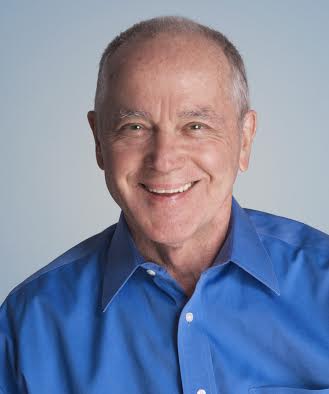Articles/Essays – Volume 58, No. 1
Letter to the Editor: Reconciliation and Truth
Dear Editor,
I respect Clyde Ford as a scholar and peacemaker, two roles we have in common. I also appreciate his challenges (“Reconsidering Reconciliation,” in Dialogue 57, no. 2 [Summer 2024], 1–3) to my article “Truth and Reconciliation: Reflections on the Fortieth Anniversary of the LDS Church’s Lifting the Priesthood and Temple Restrictions for Black Mormons of African Descent” (Dialogue 56, no. 2 [Summer 2023], 55–83).
Mine is a long and impassioned article, and I am certain that some of my assertions could have been better considered and my conclusions more thoughtfully documented. Nevertheless, I disagree with Ford’s characterization that in authoring the article, I “congratulated myself for shedding my ‘scales of racial prejudice’” (1). In rereading what I wrote, I don’t find any language of self-congratulation. On the contrary, I acknowledge that it took years of serious study and moral wrestling to finally be free of the racism that was part of my family and religious heritage (see my essay “Black Mormons and the Priesthood: A Retrospective Perspective,” in Dialogue 57, no. 3 [Fall 2024], 100–107).
Ford faults me for using what he calls “unnecessary vitriolic characterization of earlier LDS beliefs” (1), but contexts of the examples he cites seem not to validate his accusation.
- “noxious fiction”: This is in reference to the teaching that “certain premortal spirits (those destined to inherit black bodies) were morally flawed because they were less valiant than others.” Since, as I document, that belief is currently held by a majority of both Black and white Latter-day Saints, “noxious,” meaning “hurtful, injurious,” seems both appropriate and accurate.
- “inhumane beliefs”: i.e., President John Taylor’s assertion that Joseph Smith taught “that a man bearing the Priesthood who should marry or associate with a negress, or one of that seed, if the penalty of the law were executed upon him, he and her and the offspring would be killed.” If that isn’t inhumane, meaning “cruel and heartless,” I don’t know what would qualify.
- “false teachings”: In general, the Church’s teachings about the inferiority and cursed nature of Black people. There was and is nothing true about such teachings.
- “evil perpetrated in the name of revelation and divine sanction”: This statement follows my contention that “[t]here is no way to calculate the humiliation, the degradation, or the emotional, physical, and spiritual violence suffered by Black individuals within the Latter-day Saint community” (77). Perhaps “evil” is too strong a word, but I meant it, in one of Merriam-Webster’s definitions for the term, as “something that brings sorrow, distress, or calamity,” words I feel accurately characterize the experience of many Black Mormons, at least in the nineteenth and early twentieth centuries.
Ford’s criticism of my assertion that, in his words, “the priesthood restriction was instituted to maintain white racial purity by proscribing miscegenation” (1) is legitimate, if an oversimplification of my point. The reasons for the priesthood and temple bans were both multiple and more complicated than either Ford’s or my choice of emphasis.

Ford argues that the Church’s “focus on saving (exalting) souls in the afterlife requires the cultivation of a positive image and avoidance of unnecessary alienation of segments of the population,” which is an interesting argument in light of Jesus’ ministry, which seemed to provoke rather than avoid alienation among “segments of the population” of his time (2). The fact remains, I believe, that had the Church followed Joseph Smith rather than Brigham Young on the matter of race, not only would it have been in accord with God’s will but, in so being, would have been more effective in preparing souls for salvation and exaltation. The fact that currently only 3 percent of the U.S. LDS population is African American would seem to bear that out.
What I tried to argue in that Dialogue piece was that by insisting on the prophetic rightness of its racial doctrine in the face of mounting historic, scientific, and social evidence to the contrary, the Church had a negative impact on both white and Black conversion and retention. One sees a similar pattern at present in relation to LGBTQ issues. I don’t expect the Church to be “at the forefront of social revolutions” (3), but neither do I expect it to be in the rear of such revolutions. I am aware that striking a balance between the two is extremely challenging, but it is the same challenge the Church expects, or should expect, of its members.
My argument was that it would be in the Church’s best interest to initiate a truth and reconciliation initiative in relation to its racial past. Recently, I had a conversation with a faithful, distinguished Black Latter-day Saint friend who has devoted his life to supporting an informal reconciliation on this issue. Nearing the end of his life, he said, “I now hope for a formal Truth and Reconciliation initiative by the Church on this matter before I die.” Nearing my eighty-ninth year, I hope for the same. As our recently departed friend Thomas Rogers wrote, “Reconciliation is one of the most sacred impulses within the human spirit.”
Robert A. Rees
Novato, California


 Back to full Issue
Back to full Issue

